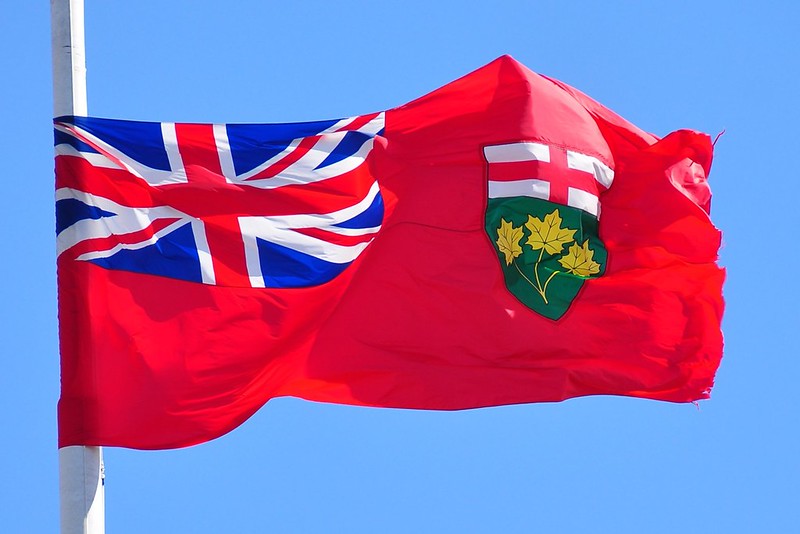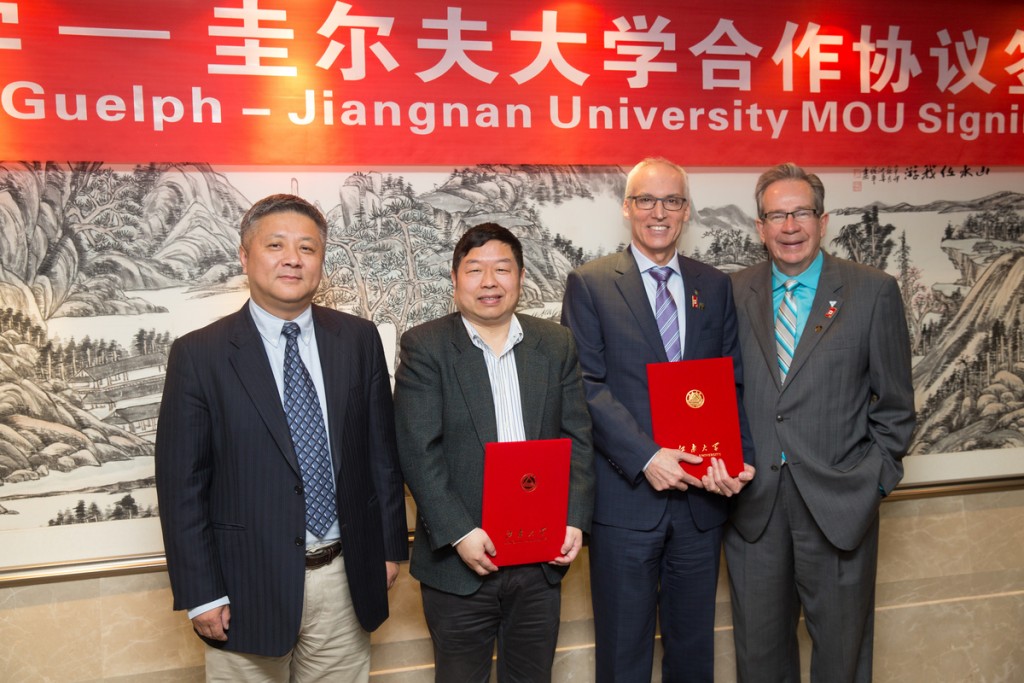Challenges like the recent outbreak of highly contagious bird flu on some poultry farms in Ontario could have been a threat to Ontario’s trade mission to China – but with the Chinese government’s blessing, the delegation was wise to proceed. Its goal is to build relationships, show what Ontario can export there, and understand Chinese culture and the way things there get done…all with a mission of diversifying Ontario markets. The mission maintained its focus to further build relations with China, Canada’s second-largest export market.
Agri-food trade missions have certainly worked before, yielding results for, as an example, the Ontario Ginseng Growers Association and Pillitteri Estates Winery. The 2013 trade mission to China is credited in part for huge increases in the value of Ontario’s ginseng crop, and new orders of Pillitteri ice wine. The province and others are convinced that’s just the tip of the iceberg. After all, China has 1.3 billion people and consumers are hungry for the kind of food Ontario grows.
This mission is especially geared to small- and medium-size producers, companies and commodity groups; they hire the most people in Ontario, and can help meet Premier Kathleen Wynne’s challenge to the agri-food sector to double its growth rate and create 120,000 jobs by 2020. They also make extensive use of agri-food research, like what happens at the University of Guelph. Last year Ontario agri-food exports to China were worth $830 million — impressive for sure, but still relatively small considering agri-food contributes $34 billion a year to the province’s gross domestic product. There’s a lot of room for growth. And this trade mission is being counted on to help the economy move ahead.



